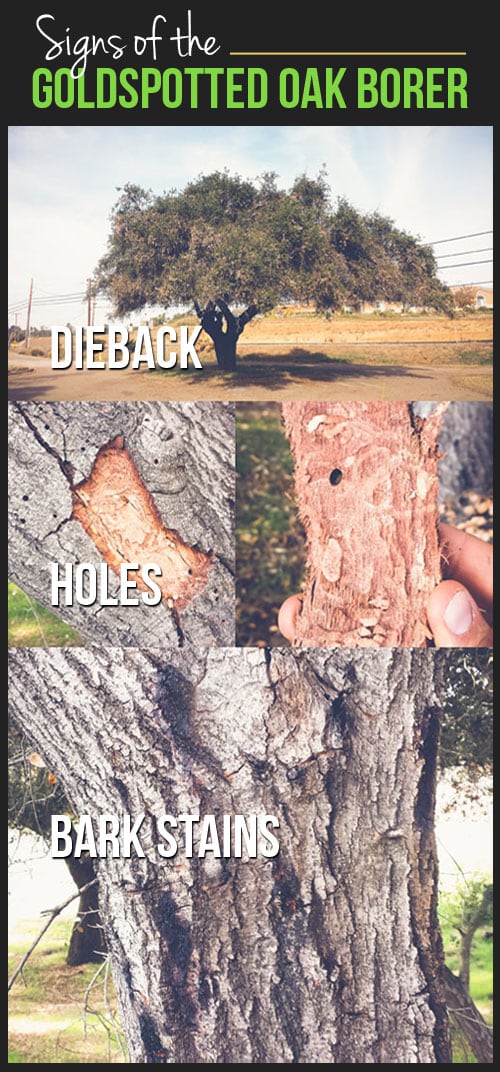The Future Of Trees: Just How To Recognize When Removal Is Called For
The Future Of Trees: Just How To Recognize When Removal Is Called For
Blog Article
Post Created By-Jarvis Byers
If you have actually ever questioned the fate of the trees on your property, recognizing when it's time for elimination is crucial. However exactly how do you establish if a tree can be saved or if removal is the only option? By trying to find specific signs and assessing safety and security threats, you can make educated choices that benefit both your landscape and your environments. Let's discover the vital variables that enter into play when determining the destiny of a tree and just how you can make sure the very best end result for your eco-friendly buddies.
Signs of Tree Decrease
If you see any of the complying with indicators of tree decline in your yard, it may be time to think about tree elimination.
One typical indication is dead or rotting branches, which can show underlying concerns impacting the tree's health. Watch out for stained or wilted fallen leaves that persist despite correct treatment, as this could be a sign of disease or bugs.
One more warning signal is extreme leaning or an obvious shift in the tree's base, which may suggest origin issues or structural instability. Keep an eye out for fungal development on the trunk or origins, as this can show rot and endanger the tree's stability.
Furthermore, if you observe huge fractures in the trunk or major limbs, it's crucial to address these issues immediately to avoid potential dangers. Attending to https://denver.cbslocal.com/2020/06/08/derecho-brighton-christmas-tree/ of tree decline immediately can help maintain the security and aesthetics of your yard environment.
Safety and security Concerns
To make certain the wellness of your residential property and those around you, prioritizing safety worries associated with trees is paramount. Trees can pose different security threats otherwise appropriately kept. Dead or decaying branches might fall all of a sudden, endangering people or harmful frameworks.
Leaning trees can additionally be harmful, specifically if they're leaning in the direction of a building or power lines. Additionally, trees with substantial origin systems near structures or underground energies can create significant damage over time.
It's important to routinely evaluate your trees for any indicators of possible threat. Watch out for cracks in the trunk, huge cavities, or indications of disease and decay. If you discover any of these concerns, it's finest to consult with a professional arborist to assess the scenario and establish the essential strategy.
Taking aggressive steps to attend to safety problems quickly can prevent accidents and residential property damages in the future. Remember, the safety and security of your residential or commercial property and those around you must constantly be the leading concern when it pertains to tree maintenance.
Consulting an Arborist
When considering the health and safety of your trees, seeking advice from an arborist is a crucial action. Arborists are educated experts who specialize in the treatment and upkeep of trees. They can assess the general wellness of your trees, identify any type of issues such as diseases or structural problems, and provide professional suggestions on the very best course of action.
By seeking advice from an arborist, you can get beneficial understandings into the condition of your trees and establish whether removal is required. Arborists have the understanding and experience to examine the threats related to keeping a tree versus removing it. They can additionally use support on alternate options, such as trimming, cabling, or bracing, to help protect the tree whenever possible.
Furthermore, arborists can aid you browse any type of regional laws or allows that might be required for tree elimination. Their experience can make sure that the procedure is carried out safely and in compliance with any kind of applicable legislations.
Final thought
Finally, when determining whether trees can be conserved or if removal is necessary, it is important to take into consideration signs of decline and safety problems. Consulting an arborist for a thorough evaluation is important in making the most effective choice for the tree's health and wellness and prospective risks. Keep in mind, aggressive care and prompt activity can help protect trees and stop crashes.
